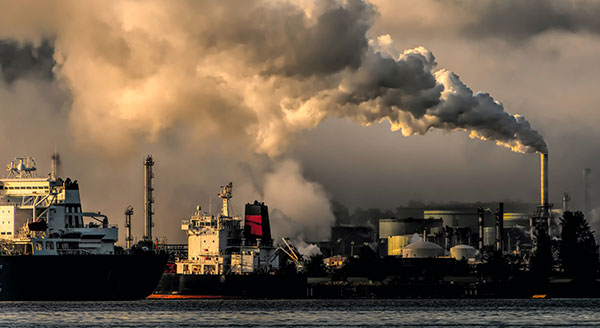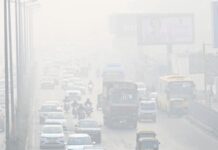What is the main danger to human life? Wars? A supervolcano eruption? Collision with a comet?
The life of the average person today is filled with comfort. He travels long distances by private car, plane or train, his diet consists of a variety of dishes, and his health is monitored by a whole army of doctors who make up a single healthcare system. But this is only at first glance. In fact, each of us constantly faces serious risks that we may not even suspect. We are talking about global environmental problems. If you want to forget about your problems, play at the 22Bet.
Air Pollution
Residents of the metropolis are particularly concerned about the problem of air pollution. Huge volumes of exhaust gases, emissions from enterprises envelop cities in a thick layer of smog, in which it sometimes becomes simply impossible to breathe. Hence the numerous health problems in adults and children.
Sources of environmental pollution:
- emissions,
- operation of industrial facilities;
- gasoline vapors from vehicles;
- radioactive elements;
- agriculture; household and industrial waste.
Lack of Drinking Water
The population of arid regions is acutely suffering from a lack of drinking water. Endless epidemics, chronic diseases, social tensions and territorial conflicts over water sources force them to leave their homeland and go in search of a better life. The consequences of water scarcity have already been felt by Europeans, when the streets of their cities were flooded with migrants from Africa and the Middle East.
Reasons:
- The growth of the human population means more people, respectively, they need more water for drinking and for hygienic needs.
- A huge number of industrial plants that consume water in huge quantities both as raw materials and as a cooling agent. And what can we say about agriculture – in addition to irrigation, a large amount of water is spent on raising livestock and poultry. It’s hard to believe, but to produce 1 kg of beef, you need to spend 15,000 liters of water!
Pollution of the World Ocean
For several years, the scientific environmental community has been looking for technologies to solve such a problem as pollution of the world’s oceans with plastic waste. At the moment, five huge garbage islands have been discovered that are drifting in the waters of the Pacific, Atlantic and Indian Oceans and pose huge risks for all their inhabitants.
Some animals and fish mistake microparticles of plastic for phytoplankton and mistakenly eat them. Seabird chicks are attracted to larger plastic pieces of bright shades, young birds swallow them, condemning themselves to a painful death. At the moment, no effective ways out of this situation have been found yet. However, new concepts and ideas are constantly being proposed to the experts.
Reasons:
- The largest pollution began after the development of coastal areas. 60% of cities are located near the seas and oceans. As a result, the aqua environment is polluted by household waste. The “weak zone” of coastal settlements are ports. Uncontrolled mass fishing destroys ecosystems in the ocean. This leads to a deterioration of the condition of the shores. Fishermen, ship captains, and workers of other maritime professions contribute to the pollution of the world’s oceans.
- The main part of oil products is transported by water. Although accidents on cargo ships and devices for pumping black gold are rare, they are large-scale. One malfunction of an oil rig can lead to the pouring out of millions of tons of raw materials. As a result, spots form on the surface, which are extremely difficult to eliminate.
- The vast majority of garbage gets in a direct way. People themselves throw packages, bottles, food into the seas. Part of the waste enters the water area through sewers, rivers. To a greater extent, water pollution is caused by such substances:
- petroleum products;
- solid household garbage;
- plastic; fertilizers;
- sewage discharges;
- toxic chemicals.
Destruction of the Ozone Layer
Another problem faced by humanity is the destruction of the ozone layer. Ozone, located at an altitude of 20 to 25 km above the Earth’s surface, is a kind of filter that absorbs aggressive ultraviolet rays of the Sun. With the thinning of the ozone layer, people massively lose their eyesight, get sunburn, which subsequently lead to the development of malignant skin tumors.
In addition, marine ecosystems are at risk, since phytoplankton, acting here as the main link in the food chain, cannot develop normally under excessive exposure to harsh UV radiation. The solution to this problem is based on the rejection of the use of freon gases, which most actively destroy the ozone layer.
Reasons:
- launching rockets and satellites into space;
- functioning of air transport at an altitude of 12-16 kilometers;
- freon emissions in the air.







